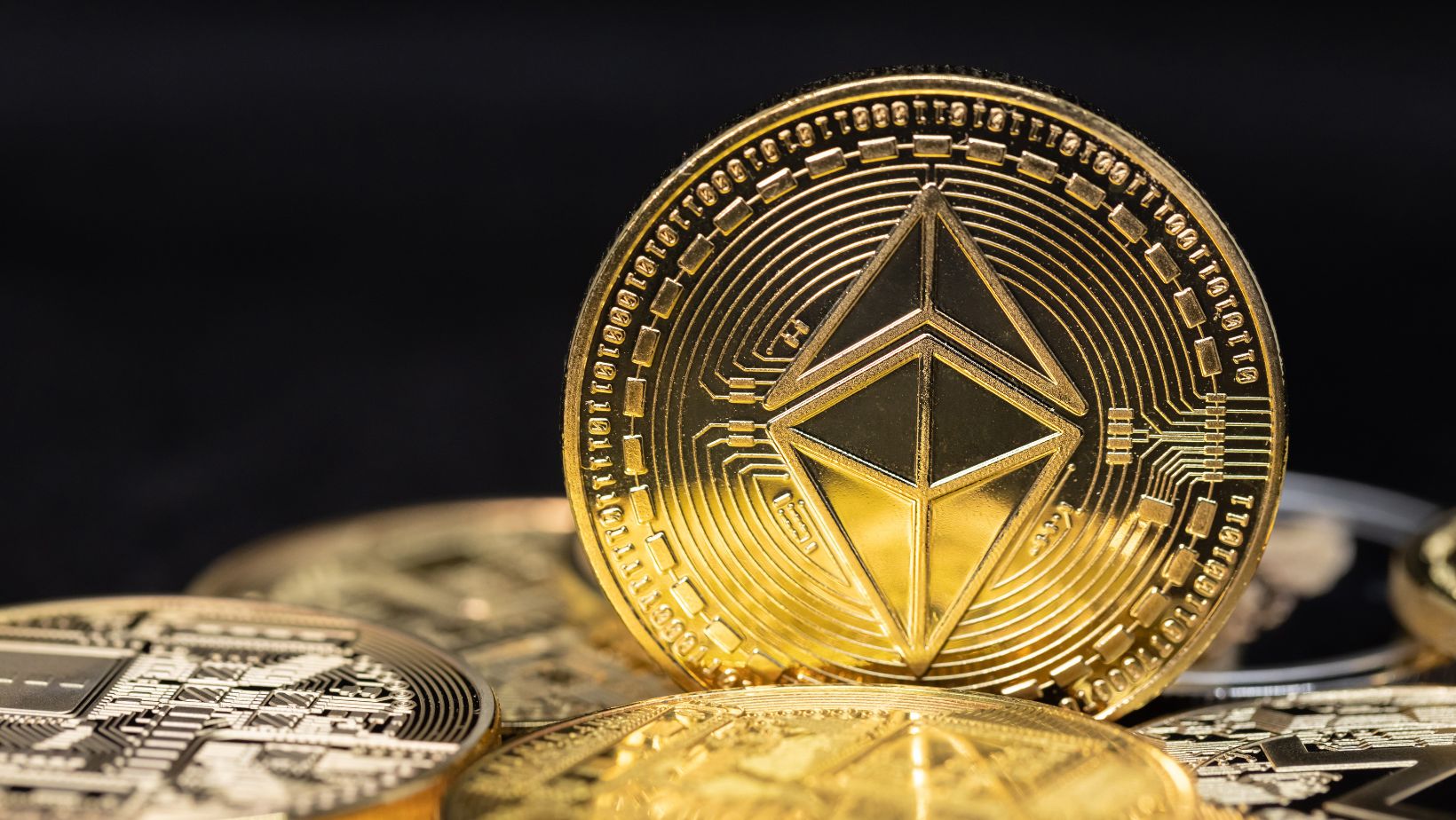Let’s start with highlighting that the ETH/USDT pair isn’t just another trading option. It’s the pair: the one that dictates moods, moves, and money flow across the entire crypto ecosystem. When ETH/USDT sneezes, the market catches a cold. But a lot of people still don’t understand what makes it so important, or why it feels so different from other pairs like ETH/BTC, ETH/EUR, or ETH/BNB. It might help you if we strip away the jargon for a second and talk about what’s really going on here.
ETH/USDT
ETH paired with USDT means that Ethereum is traded against Tether, a stablecoin pegged to the U.S. dollar. On paper, that sounds boring. One moves, the other doesn’t. But in reality, it’s the heartbeat of how crypto traders read emotion. You see, ETH/USDT is where liquidity meets sentiment. When people are bullish, they pour Tether into Ethereum. When they’re scared, they put ETH back into USDT to sit safely on the sidelines. It’s more than a chart, it’s psychology in numbers. You can almost feel the market’s mood through it. When ETH/USDT rises fast, you can sense the optimism, and when it drops, you can feel the tension, that silent agreement across every exchange: “Time to wait this one out.”
ETH/BTC
Now, put ETH next to Bitcoin and the conversation shifts completely because ETH/BTC isn’t about money; it’s about dominance. This pair is like an ego battle between two giants: the original coin versus the most ambitious altcoin ever created. Traders watch ETH/BTC not to see profits, but to read power dynamics. When ETH/BTC goes up, it means Ethereum is gaining ground. It’s the market saying, “Maybe this network is catching up to Bitcoin’s throne.” When it drops, Bitcoin’s maximalists grin and whisper, “Told you so.” ETH/BTC is a test of ideology as much as it is of economics. Bitcoin stands for scarcity. Remember that unshakable narrative of digital gold? Ethereum stands for innovation: building, expanding, experimenting.
ETH/EUR and ETH/JPY
Now let’s step outside the dollar bubble. ETH/EUR, ETH/JPY, ETH/GBP tell a quieter, but still crucial story because they represent how Ethereum is being adopted globally. In Europe, in Asia, in markets that don’t always care what Wall Street thinks. ETH/EUR is often slower, less volatile, and more methodical, just like European investors.

The volumes aren’t as massive as the U.S. dollar pairs, but the sentiment is deep. When ETH rallies against the euro, it’s a reflection of both global demand and local currency strength. Same goes for ETH/JPY, Japan’s market is cautious but consistent. The trading there tends to signal long-term conviction rather than speculative frenzy.
ETH/BNB and ETH/SOL
Then we’ve got the rivalry pairs that are made of ETH versus its challengers. ETH/BNB measures the balance of power between two massive ecosystems: Ethereum and Binance. It’s not just about price; it’s about which network is pulling developers, liquidity, and users. When ETH/BNB rises, it means confidence in Ethereum’s network is beating out Binance’s parallel world. When it falls, it’s a hint that traders are migrating to BNB Chain for faster, cheaper moves. Same story with ETH/SOL, Ethereum versus Solana, decentralization versus speed. The ETH/SOL chart is a snapshot of that eternal crypto argument: what’s more important, security or performance?
Role of USDT
Tether is supposed to be boring, one dollar in, one dollar out. But in crypto, even “boring” can be explosive. When Tether’s reserves are questioned, or when regulation starts circling stablecoins, the ETH/USDT pair reacts instantly. Because USDT isn’t just a token, it’s trust. It’s the foundation traders use when everything else gets volatile. It’s the digital version of holding cash under the mattress while the neighborhood goes wild. And that’s what gives ETH/USDT its power. It’s the most human of all pairs, the one that reflects fear and greed with brutal honesty. Liquidity Sets ETH/USDT Apart
If you’ve ever tried trading ETH against a smaller coin, you know how quickly slippage and spreads can destroy a move. That doesn’t happen with ETH/USDT, not to the same degree. The liquidity here is unmatched. Billions of dollars move through this pair daily, across every major exchange. For big traders, ETH/USDT is where you can make moves without shaking the market. For small traders, it’s the safest battlefield where you can enter and exit positions without worrying that one whale will flip your chart upside down. Liquidity isn’t glamorous, but it’s everything. It’s the quiet backbone of why this pair rules them all.
If you’re a beginner, you might think, “Okay, it’s just Ethereum priced in dollars. So what?” Here’s what: ETH/USDT is the standard by which every Ethereum move is measured. It’s the yardstick for volatility, the baseline for analysis, the pair that defines how Ethereum behaves under pressure. When you trade it, you’re not just speculating on ETH, you’re participating in the rhythm of the entire market. You’re learning how the ecosystem breathes, when it hesitates, when it accelerates. ETH/USDT is where traders learn patience and panic, where they understand what price really means. Unlike other pairs that move based on niche conditions, Bitcoin’s dominance, regional currencies, or ecosystem rivalries, ETH/USDT moves with the crowd. And that crowd is everyone.
The Bottom Line
So what’s the real difference between ETH/USDT and the rest? It’s simple: ETH/USDT is the emotional truth, while every other pair is a side story. ETH/BTC is an ideology. ETH/BNB is a rivalry. ETH/EUR and ETH/JPY are local reflections of global waves. But ETH/USDT? That’s the heartbeat. That’s the measure of how people feel about Ethereum right now, in real time. When the world gets scared, they run to USDT. When they’re hopeful, they charge into ETH. Every green candle, every red crash, it all plays out in that one pair like a story with no ending. And maybe that’s why ETH/USDT has outlasted hype, noise, and speculation. Because it doesn’t lie. It doesn’t need narratives or hashtags. It just shows the market, raw and unfiltered, a mirror of crypto’s collective pulse.
So, you can trade ETH/BTC, ETH/BNB, ETH/EUR, and they’ll teach you a lot. But ETH/USDT? That’s the real classroom. That’s where you learn what this game is made of: fear, hope, liquidity, and the never-ending chase for balance in a market that never sits still.



